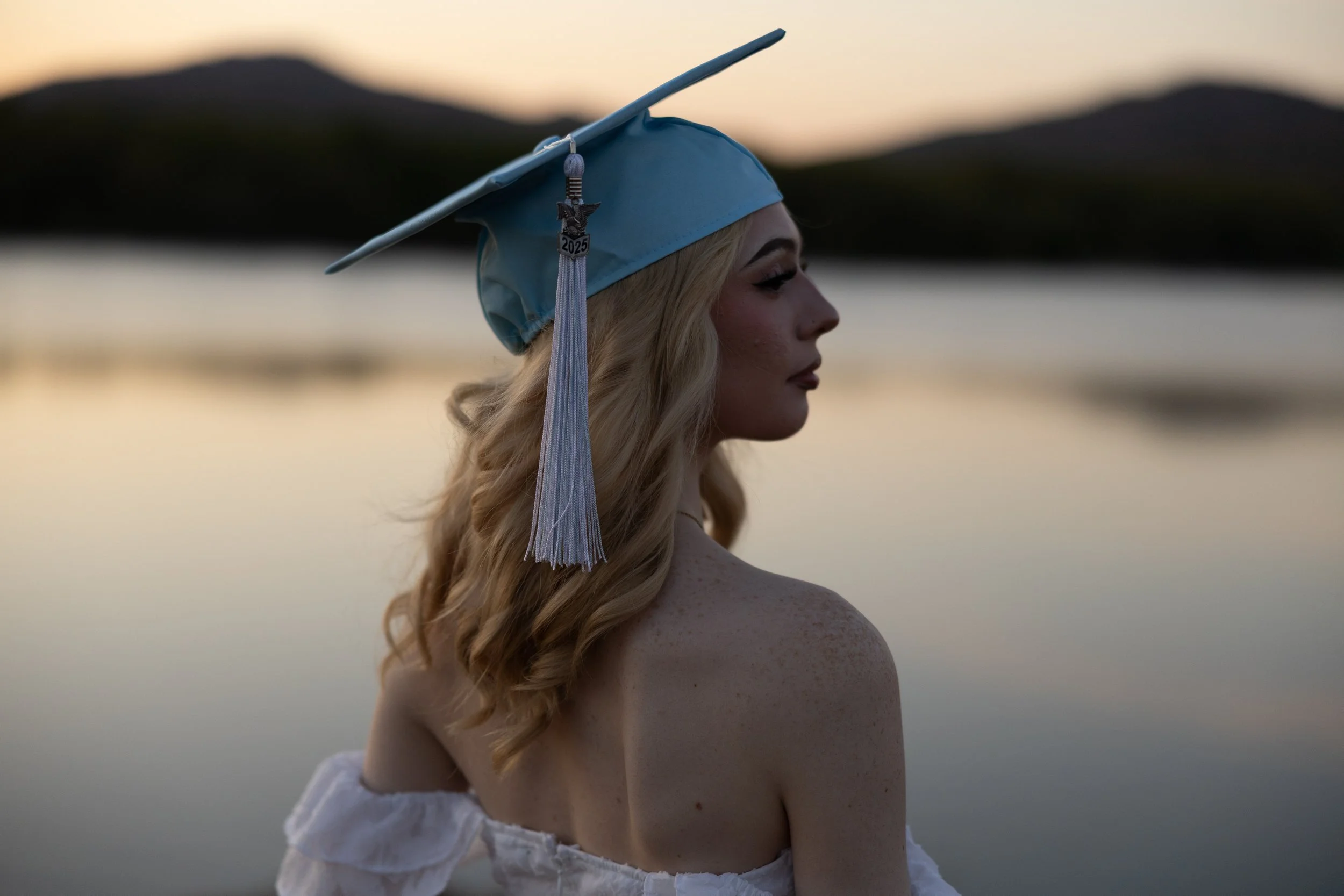Why You Should Shoot in RAW — JPEGs Kind of Suck
Alright, let’s get real. If you’re still shooting JPEGs like it’s 2005, I’m here to lovingly nudge you into the glorious world of RAW. JPEGs have their place, sure — like quick snapshots of your lunch or that blurry dog chasing its tail. But if you want to take control and truly craft your images, RAW is where the magic happens. If you want your pictures to be distinctly and unquestionably you — You need to shoot in RAW.
JPEGs: The Quick Fix That’s Holding You Back


JPEGs are like fast food photography — quick, easy, and okay for a quick snack, but you wouldn’t want to build your whole diet around it. They’re compressed and cooked in-camera, which means your camera is deciding the final look for you — colors, contrast, sharpness — all baked in with no way to change much later. Great for instant sharing, but a nightmare if you want to fix or finesse your shots in post.
RAW: Your Photo’s Untapped Superpower
Shooting RAW is like getting the unfiltered original negative straight from your camera’s sensor. You capture everything— every tiny detail, all the colors, all the dynamic range. This means you have a powerhouse of data to tweak later without losing quality. Underexposed? No problem. White balance off? Easy fix. Want to bring out details in those shadowy corners or punch up the highlights? RAW has your back.
We shot Ava’s senior photos late in Golden Hour last spring at the Wichita Mountains Wildlife Refuge. With a killer combo of the Canon R6 Mark II and the 28–70mm f/2 lens — plus a little Lightroom magic — we pulled off some stunning results. Here’s a peek at the straight-out-of-camera RAW file alongside the final edit.
Editing Freedom Like You’ve Never Experienced
RAW files let you push and pull the image in post-processing like a pro puppeteer. Want to recover detail from the shadows? You got it. Need to adjust exposure or correct color temperature? Piece of cake. With JPEG, you’re stuck trying to stretch a rubber band that’s already been snapped. RAW gives you a giant elastic band with plenty of room to play.
RAW Files: Bigger but Better
Yes, RAW files are larger — much larger (Anywhere from two-six times bigger). But think of it like investing in quality lumber for a masterpiece table, not cheap plywood for a lawn chair. Sure, they take more space and a bit longer to work with, but the payoff is massive when you see the final polished image. Plus, with today’s storage options, a few extra gigabytes is a small price for pro-level control.
So, Why Do People Still Shoot JPEG?
Honestly, JPEGs aren’t evil. They’re fast, easy, and perfect if you want minimal editing or just need quick results. Event photographers, journalists, or anyone needing rapid turnaround might stick to JPEG for speed. But for anyone wanting to craft images that pop, shine, and stand out — RAW is your best friend.
The bottom line: If you’re serious about your photography and want your images to look their absolute best, stop settling. Embrace the RAW life — each photo you capture and subsequently edit will be an opportunity to develop, define, and continue to refine your style. Your future self (and your Facebook and Instagram followers) will thank you.
